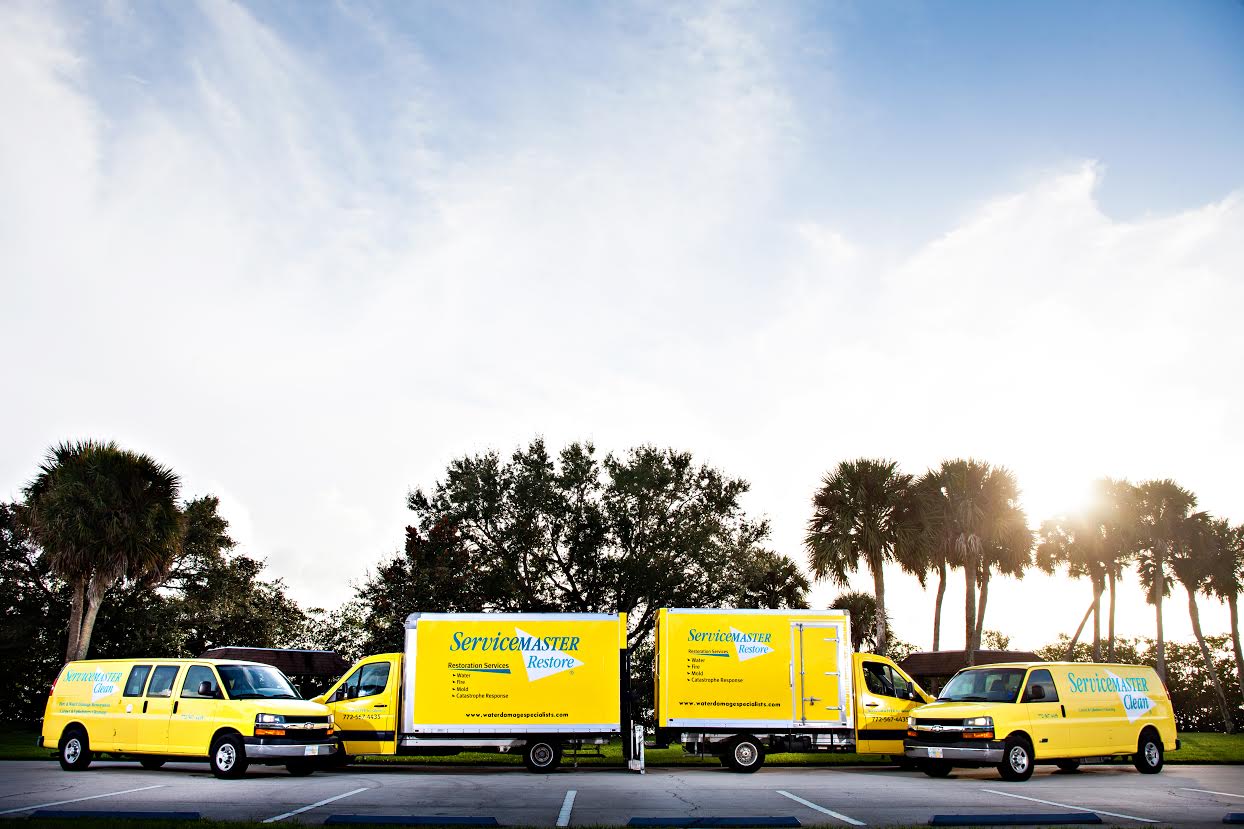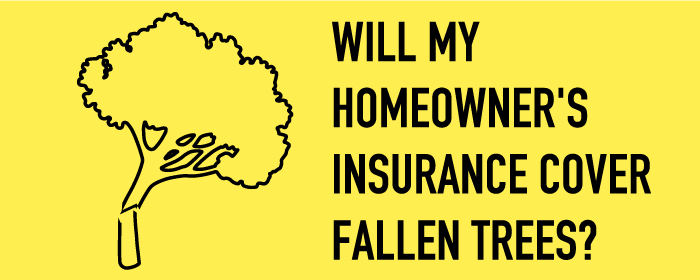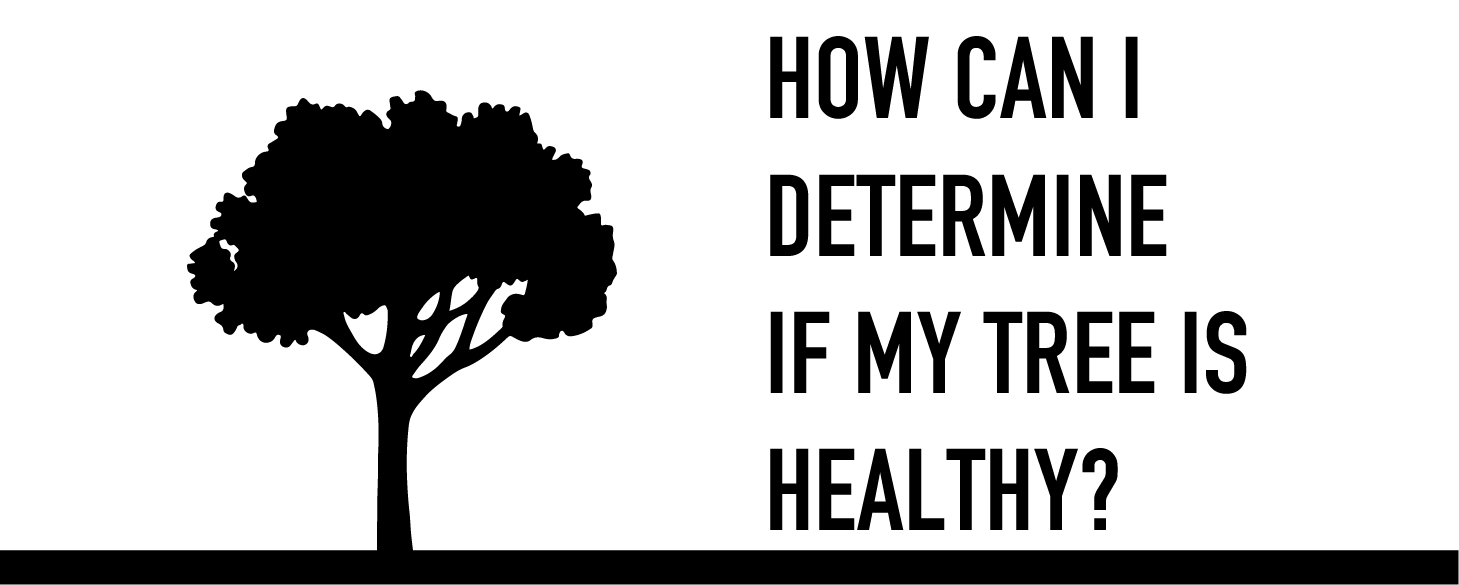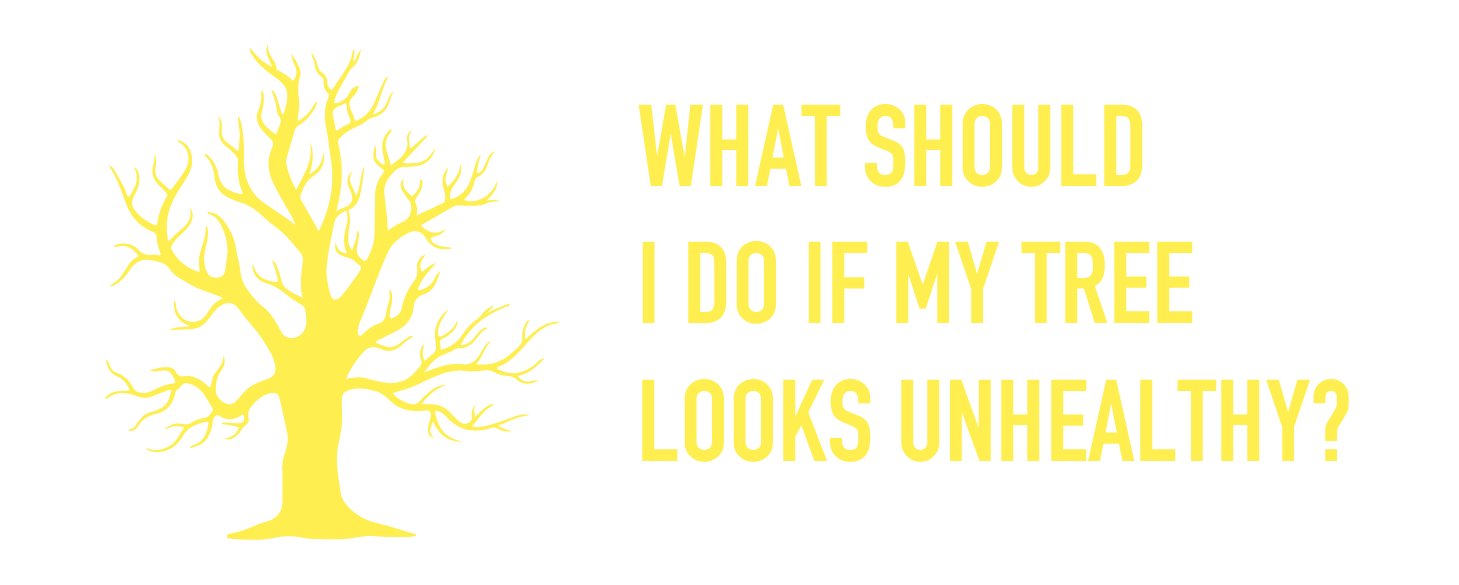Topics:
Search for topics or resources
Enter your search below and hit enter or click the search icon.
November 26th, 2019 | 2 min read

One of the most common causes of structural damage after a storm is because of a fallen tree. Since trees can topple in a matter of seconds, due to either heavy rain or strong winds, your home can be at serious risk for expensive, life-threatening destruction.
As a homeowner on the Treasure Coast, it’s crucial to understand proper tree care and maintenance to ensure your trees stay sturdy during storms. Find out the most common questions about tree damage from homeowners, including how to check if your insurance covers any tree damage repair costs, with information from the experts at ServiceMaster by Glenn’s.

A fallen tree, also known as a peril in insurance terms, may be covered by your policy. If the tree fell because of extremely high winds, heavy rainfall, or other stormy weather that is common in South Florida, your homeowner’s insurance will most likely cover the cost of any damages caused to your home, shed, or garage. However, if your insurance can prove that the tree fell because of negligent maintenance, you won’t be covered.
Typically, debris cleanup caused by a fallen tree is not covered by your insurance, especially if it didn’t cause any structural damage.
If your neighbor’s tree falls on your property, their policy should be responsible for caring for the repair costs. When in doubt, contact your own insurance agent to get the full details of what kind of tree damage repair is covered under your specific policy.

Strong, healthy trees have less risk of falling during a storm. Unhealthy trees generally show some of these signs and symptoms:

Once you’ve discovered that a tree near your home is damaged, rotting, or old, it’s essential that you take the proper steps to correct the problem before it affects your home. The following steps can keep your tree in good condition:
If your home has been affected by a fallen tree, contact your insurance agent immediately to begin the claims process. Then, take videos and photographs of the damage to help your claim. If you need help cleaning up the damage, contact ServiceMaster by Glenn’s. We have the proper tools and expertise to get your home back to normal as fast as possible.
"Over the past 25 years I have personally seen it all when it comes to disasters and know what it takes to complete any restoration project."

14 CERTIFIED PROFESSIONALS
8,200 PROJECTS
10,000 HAPPY CUSTOMERS
With over 44 years of experience in the Treasure Coast and Palm Beaches, we're the experts you can trust for all tips and information related to restoration and reconstruction.
Topics: